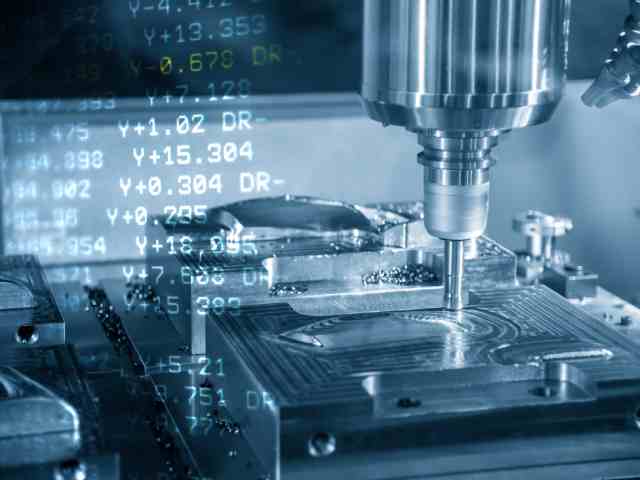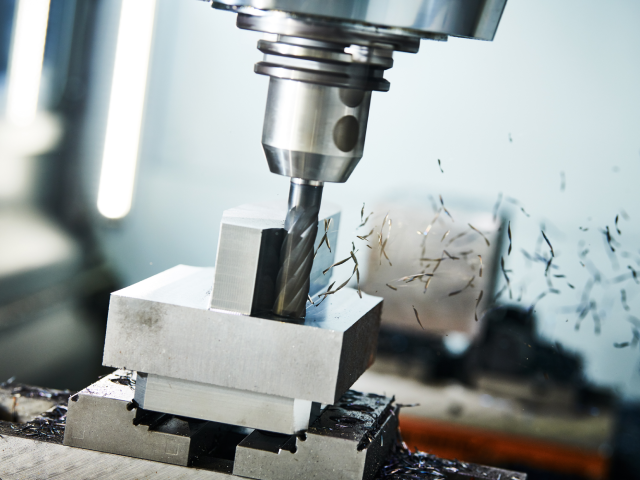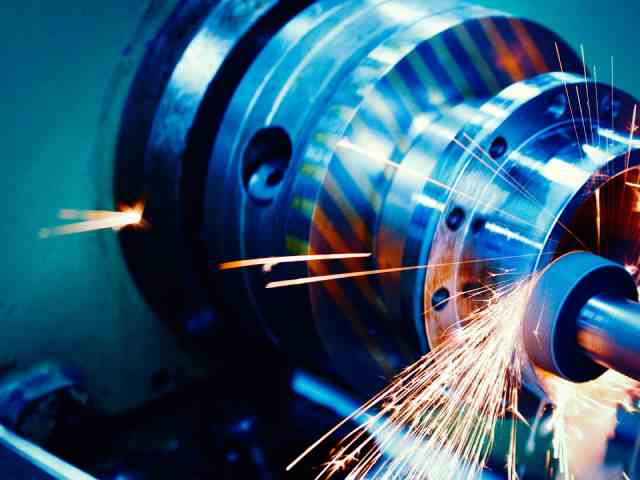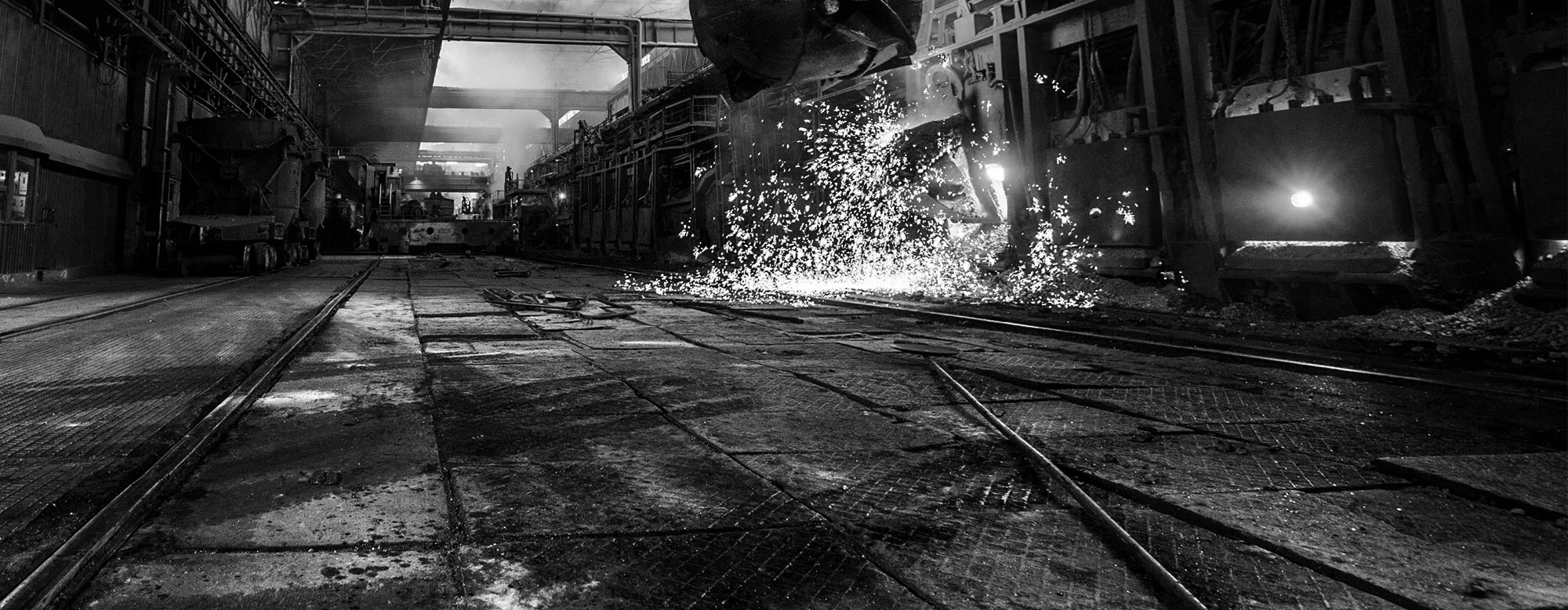How Automation Can Boost CNC Productivity

Computer numerical control (CNC) machines represent a cornerstone of innovation, precision, and efficiency in the realm of modern manufacturing. The integration of automation within CNC processes has further propelled these qualities, significantly enhancing operations. Read on to learn how automation can boost CNC productivity.
Reduced Human Error
Automation in CNC machining notably reduces human error. Manual data entry, adjustments, and operations are prone to mistakes, even from the most skilled technicians. By automating these processes, CNC machines can operate with minimal human intervention, ensuring that operations are executed flawlessly every time. This not only increases the reliability of output but also dramatically decreases the likelihood of costly errors and reworks, enhancing overall productivity.
Continuous Operation
Unlike human operators, automated CNC systems do not require breaks, shifts, or sleep. They can run 24/7, drastically increasing machine uptime and productivity. This continuous operational capability is particularly beneficial for industries that require high production volumes within tight deadlines. Automation ensures that CNC machines keep producing without interruption, maximizing throughput and meeting production targets more efficiently.
Faster Production Speeds

Automation enhances CNC machines’ speed without compromising the output quality. Automated systems are designed to optimize machining paths and speeds based on the tasks at hand, which significantly reduces cycle times. Faster production speeds mean more parts are manufactured in less time, boosting the overall output and allowing businesses to respond more quickly to market demands.
Enhanced Precision and Consistency
CNC machines are renowned for their precision, and automation only enhances this trait. Automated controls fine-tune machining processes to achieve superior accuracy and repeatability. This consistency is crucial for industries like aerospace and automotive, where even minute discrepancies can have significant consequences. Automation ensures that every part produced meets strict specifications, reducing the need for quality control checks and revisions.
Advanced Monitoring Capabilities
Modern CNC machines equipped with automation technologies include advanced monitoring systems that track machine performance and condition in real time. These systems analyze data to predict potential failures and notify operators before issues arise. This proactive approach prevents downtime, maintains consistent production quality, and extends the life of the machinery by ensuring it operates within optimal parameters.
Integration With CAD/CAM Software
Automation allows for the seamless integration of CNC machines with computer-aided design (CAD) and computer-aided manufacturing (CAM) software. This integration streamlines the transition from design to production, as machines can automatically interpret designs and perform complex machining tasks without manual programming. This not only speeds up production but also enhances the ability to produce complex designs with high precision.
Scalability of Operations
Automated CNC systems make scaling production up or down more manageable. Automation software can be easily adjusted to accommodate different production volumes or design specifications without significant downtime or retooling. This flexibility is crucial for manufacturers needing to adapt quickly to changing market conditions or customer demands.
Reduced Waste
Automation in CNC machining helps reduce material waste significantly. Advanced software optimizes cutting paths and material usage, ensuring that each sheet or block is used as efficiently as possible. Less waste not only means cost savings on materials but also contributes to more sustainable manufacturing practices.
Lower Operating Costs
Although the initial investment in automated CNC machinery can be high, the long-term savings on operating costs are substantial. Automation reduces the need for labor, minimizes energy use through optimized operations, and decreases material waste. These factors contribute to a lower cost per unit, making automated CNC machines a cost-effective solution over time.
Improved Worker Safety
Automating CNC operations enhances safety in manufacturing environments. By handling dangerous tasks, such as high-speed cutting or heavy lifting, automated systems minimize the risk of accidents and reduce workers’ exposure to hazardous conditions. This not only protects employees but also reduces the likelihood of production interruptions due to safety incidents.
Customization and Flexibility

Automation grants CNC machines unprecedented levels of customization and flexibility, making them indispensable tools in modern manufacturing. Automated systems can adjust to various specifications with minimal manual intervention, allowing for seamless transitions between different production setups. This flexibility is particularly beneficial for manufacturers who handle diverse product lines or custom orders, enabling them to switch tasks quickly and efficiently. Furthermore, the precision of automated setups ensures that each product is consistently produced according to exact specifications, regardless of the complexity of the design or the variability in production volume.
Improved Quality Control
The integration of automated systems in CNC machining has revolutionized quality control processes. With high-precision sensors and real-time monitoring capabilities, these systems continuously scan and analyze the production output, immediately catching any deviations or defects. This constant vigilance helps maintain stringent quality standards and reduces the rate of errors and rejections. As a result, manufacturers can ensure that every part or product not only meets but often exceeds customer expectations, thereby enhancing brand reputation and customer trust.
Data Collection and Analysis
In an era where data reigns supreme, automated CNC machines are invaluable for their ability to gather detailed production and operational data. This data encompasses various metrics, such as cycle times, tool wear, machine efficiency, and energy consumption. By analyzing this information, manufacturers can uncover insights into machine performance, pinpoint inefficiencies, and identify potential improvements. Additionally, this data can help predict machine maintenance needs and optimize production schedules, contributing to overall operational excellence while reducing downtime.
Training and Skill Development
While automation may reduce the need for manual control of CNC machines, it simultaneously increases the demand for a skilled workforce that can manage these advanced systems. Effective management of automated CNC operations requires a deep understanding of both the software and the mechanical components of the machines. Investing in comprehensive training programs for operators, technicians, and engineers ensures that they are equipped with the necessary skills to maximize the potential of automation technology. This not only boosts productivity but also fosters innovation within the team.
Integration of Advanced Technologies
The future of CNC machining includes the integration of cutting-edge technologies like AI and the IoT with automation. For example, a 6-axis force sensor in a CNC machine can provide detailed feedback on tool wear and material resistance, enabling even finer control over the machining process. This integration leads to smarter, more responsive manufacturing solutions that continually improve efficiency and output quality.
Now that you know how automation can boost CNC productivity, it’s clear that the benefits extend far beyond labor replacement. Whether it’s through improved speed and consistency or the integration of technologies, the potential for innovation in automated CNC machining is boundless, promising a future where productivity and creativity go hand in hand.
